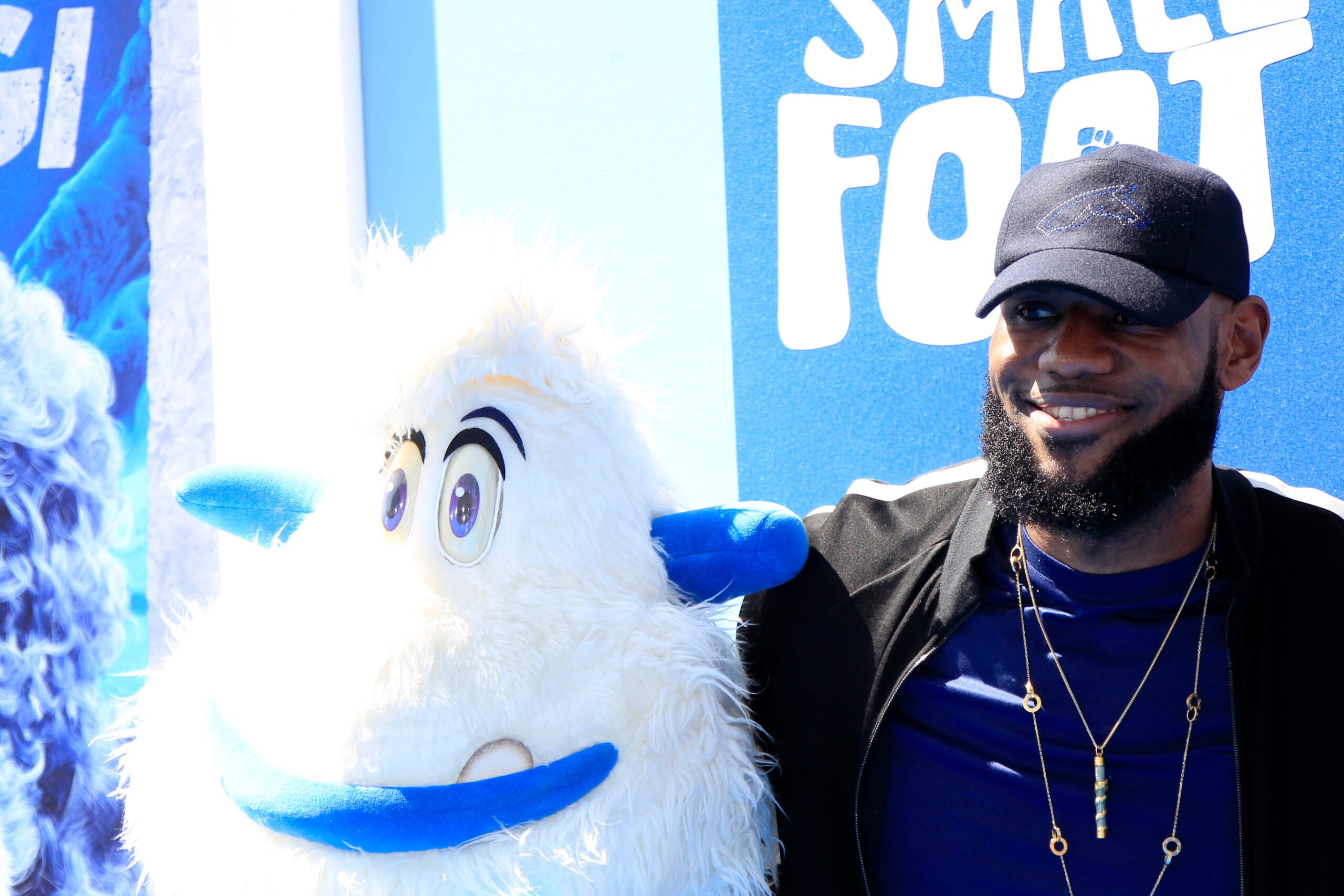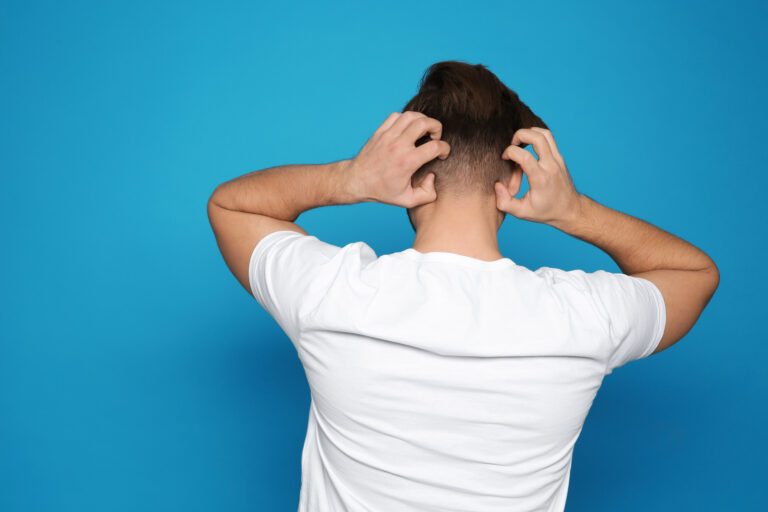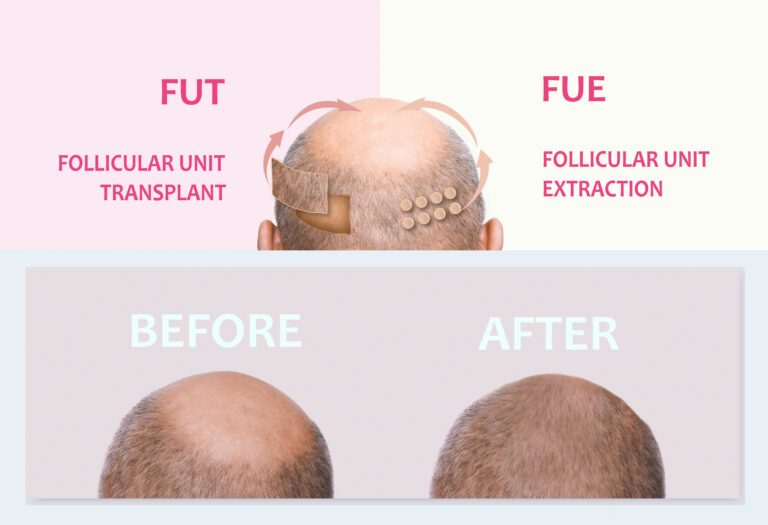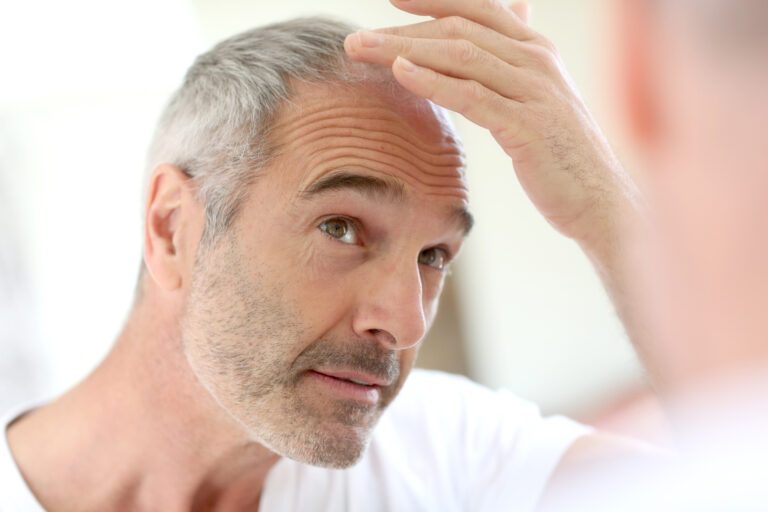Did Lebron James Get a Hair Transplant? Expert Reveals All
Lebron James is one of the biggest NBA legends and arguably the best basketball player of all time. However, it may not be all glitz and glam for this NBA superstar, as there are some unspoken battles behind the scenes.
Throughout Lebron’s basketball career, more people have started noticing some bad hair episodes, whether in-game or during post-game interviews. Although, we can also see how there are days when it looks fuller, while on some, there are visible thinning patches.
Now the question is, did Lebron James get a hair transplant? Let’s go further into detail as we discuss the history of his hair loss progression.
When Did Lebron James Start Losing His Hair?
Lebron James started losing his hair in the early 2000s when he was around 20 to 23 years old. He wasn’t able to use Finasteride (an anti-hair loss medication) at the time due to World Anti-Doping Agency (WADA) banning and deeming it as a potential performance-enhancing steroid.
His hair loss visibility started to look more noticeable by the time he reached 22 years. Lebron James’ hairline began receding, and it was getting harder for him to hide the effects of his baldness progression.
Since he couldn’t take Finasteride to combat hair loss, it’s been speculated that he used Minoxidil (hair growth solution and foam) instead. However, because Lebron James wasn’t vocal about his hair condition, the consistency of usage is unknown.
Surgeons and hair loss consultants deduced that he still wasn’t under any hair loss prevention treatments from 2010 to 2014. Despite Lebron trying to hide his receding hairline using a headband, diffuse hair loss was becoming more prominent toward the middle scalp.
The more he sweats during basketball games, the more visible the hair loss gets. Here’s a summary timeline of his hair loss progression from its onset:
- 2005: The beginning of Lebron James’ hair loss
- 2007 to 2008: His hairline starts to lose definition and show minor signs of diffuse hair loss
- 2010 to 2014: Stronger visibility of diffuse hair loss toward the mid-scalp
Did Lebron James Use Fake Hair (Concealers and Hair Fibers)?
Apart from eventually getting hair transplants, which we’ll discuss further later, Lebron was also seen to have used concealers and hair fibers. What made this apparent is how his hair suddenly had more definition beyond 2014.
Hair fibers or concealers temporarily cover bald spots and thinning hair, giving thicker and fuller-looking hair. The downside is that it can easily wash off, especially in Lebron’s case, due to sweat buildup during basketball games.
It’s likely that Lebron started using hair fibers in 2015 since this was the year it started to look fuller. This isn’t something a hair transplant can accomplish by itself, let alone in one year.
There’s a huge visible difference in his hair condition when he starred in the movie Trainwreck in 2015, as well as in other interviews compared to the previous years. You’ll notice how defined his hair appears when you compare how it looks in the movie, interviews, and his Instagram stories.
However, during closeup takes on basketball games and post-game interviews, it’s noticeable how the fibers wash off from sweat.
How Many Times Did Lebron James Undergo Hair Transplant Surgeries?
Based on the scarring signs at the back of Lebron James’ head, we can safely assume he underwent at least two hair transplant surgeries.
You can find two telling signs of surgery at the back of his scalp. A hair transplant or two paired with concealers and hair fibers is the logical explanation for how his thinning and receding hairline recovered in 2015.
Professional surgeons claim that Lebron may have gotten two to three hair transplants throughout his career. Since hair plugs were no longer a thing by the early 2000s, the surgeries could’ve only been FUT, FUE, or both.
Did Lebron Undergo an FUT or FUE Hair Transplant?
If you take a closer look at the back of Lebron’s scalp, you’ll see two surgical scars. The linear scar found slightly above the donor area is likely due to an FUT hair transplant. As for the small white dots in the donor area, those are the aftereffects of an FUE hair transplant.
FUT surgeries work by stripping off the skin from the scalp and extracting its hair follicles. These follicles will then be transferred to bald spots or thinning areas.
On the other hand, FUE surgeries remove follicles individually rather than cutting a strip from the scalp. FUE procedures are becoming more popular due to the following advantages:
- It’s less painful
- There are minimal signs of scarring
- It has a faster rate of recovery than FUT or hair plugs
- It can work better for people with lower hair density
How Many Grafts Were Transplanted in Lebron’s Hair?
The rough estimate for transplanted grafts to Lebron James’ hairline is between 1600 to 2000. With an amount of two to four hairs per graft, it definitely showed improvement in Lebron’s hair.
However, since there were still some noticeable thinning patches, they had to be masked with hair fibers to look more natural. Luckily, Lebron’s hair is naturally curly, so it’s harder to notice the areas that have been filled up and concealed.
Additionally, his hairline became a bit more defined. But despite the transplanted grafts helping with his receding hairline, the frontal mid-scalp area continued thinning.
Did Lebron James Continue Losing Hair After Having a Hair Transplant?
While Lebron’s hair transplants were considered successful, his hair loss continued progressing, particularly from the mid-scalp to the crown area. The possible reasons for further hair loss after transplant include:
- Temporary hair loss due to surgery shock
- Genetic hair loss influences (baldness gene)
- Improper surgery timing or lack of knowledge as to how far the hairline will recede
- Inefficient aftercare post-surgery
- Failure to take hair treatment-related medication
Since Lebron is already 38 years old, the previous transplant to define his hairline likely was transferred too low. This is understandable since he might have wanted to recreate his youthful look, even though it didn’t sit well with his condition.
Does Lebron James Have Alopecia?
Alopecia is a medical condition that causes one’s immune system to attack hair follicles, resulting in hair loss. There’s no definite proof that Lebron James has alopecia, so it’s tough to call by assumption.
As much as Lebron’s hair started thinning and receding early, we’ve yet to receive any word from him claiming he has such a disease. In fact, he hasn’t been open to the public about his hair loss or the transplants he’s already had.
Nevertheless, his hair situation did improve despite the continued hair loss post-transplant. It’s likely more of a personal issue or preference regarding Lebron’s silence on his hair situation.
Can You Use Beard Hair for Hair Transplant?
Lebron James started growing a full beard in 2017. With that said, some people wonder if it’s possible to use beard hair for a hair transplant. The short answer is, yes, it’s possible.
Thanks to dermatological advancements, using beard hair as a resource for hair transplant has become viable. Transplanted beard hair also maintains its original characteristics, even after being transferred.
There’s no telling if this is something Lebron has considered or will do so in the future. Nevertheless, his beard hair can help with transplants since his donor area is already partially depleted.
Final Thoughts
Lebron James’ hair condition was something he never openly discussed but has become noticeable to the public. It’s safe to assume he’s doing some treatments behind the scenes due to the improvements we’re seeing.
However, as of today, it remains a private matter, and he has all the right to keep it that way. After all, his hair loss can never compete with the wins he’s taken in the NBA.







